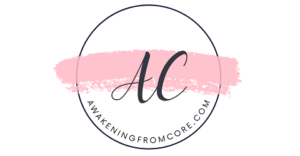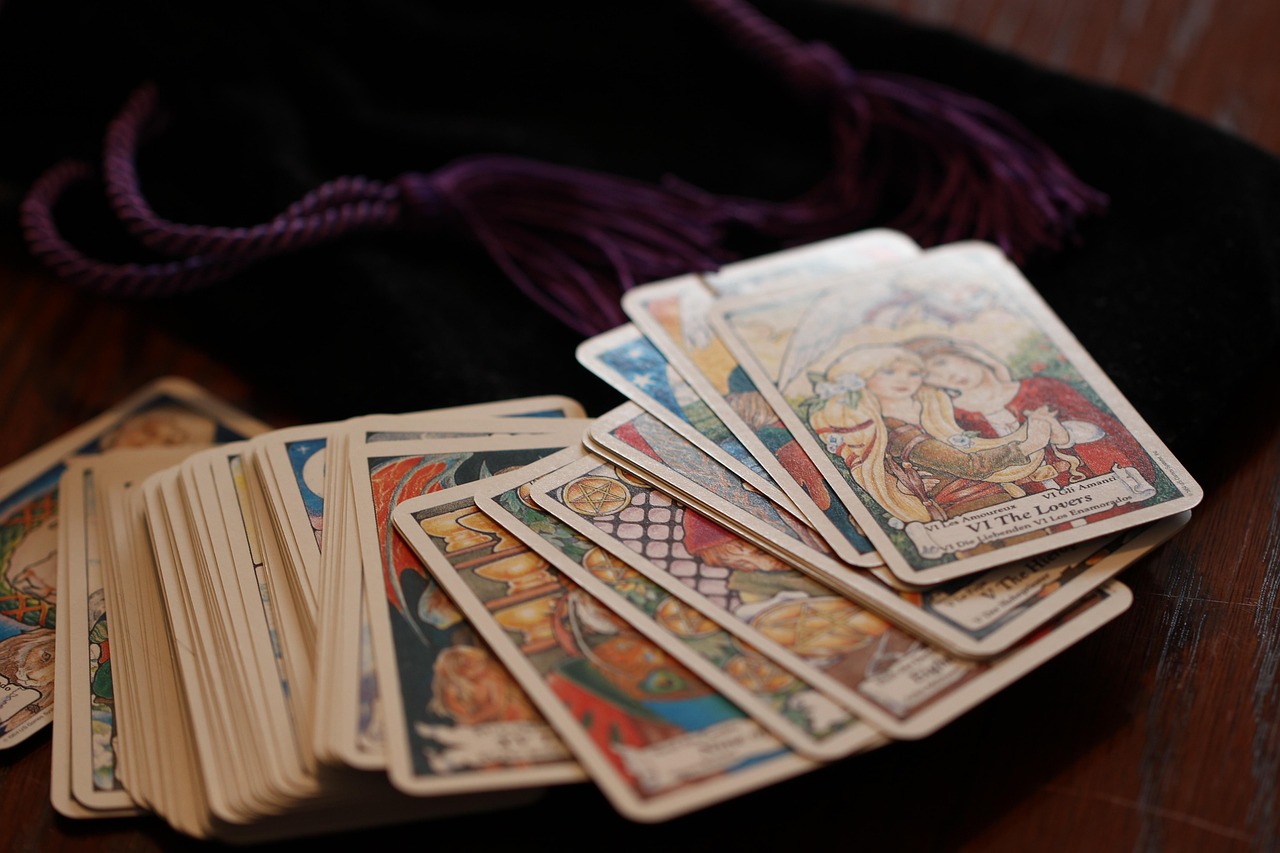To start your Tarot journey, familiarize yourself with the deck, trust your intuition, and practice regularly. Create a quiet space for readings and consider keeping a journal to track your insights and progress.
Understanding Tarot Basics
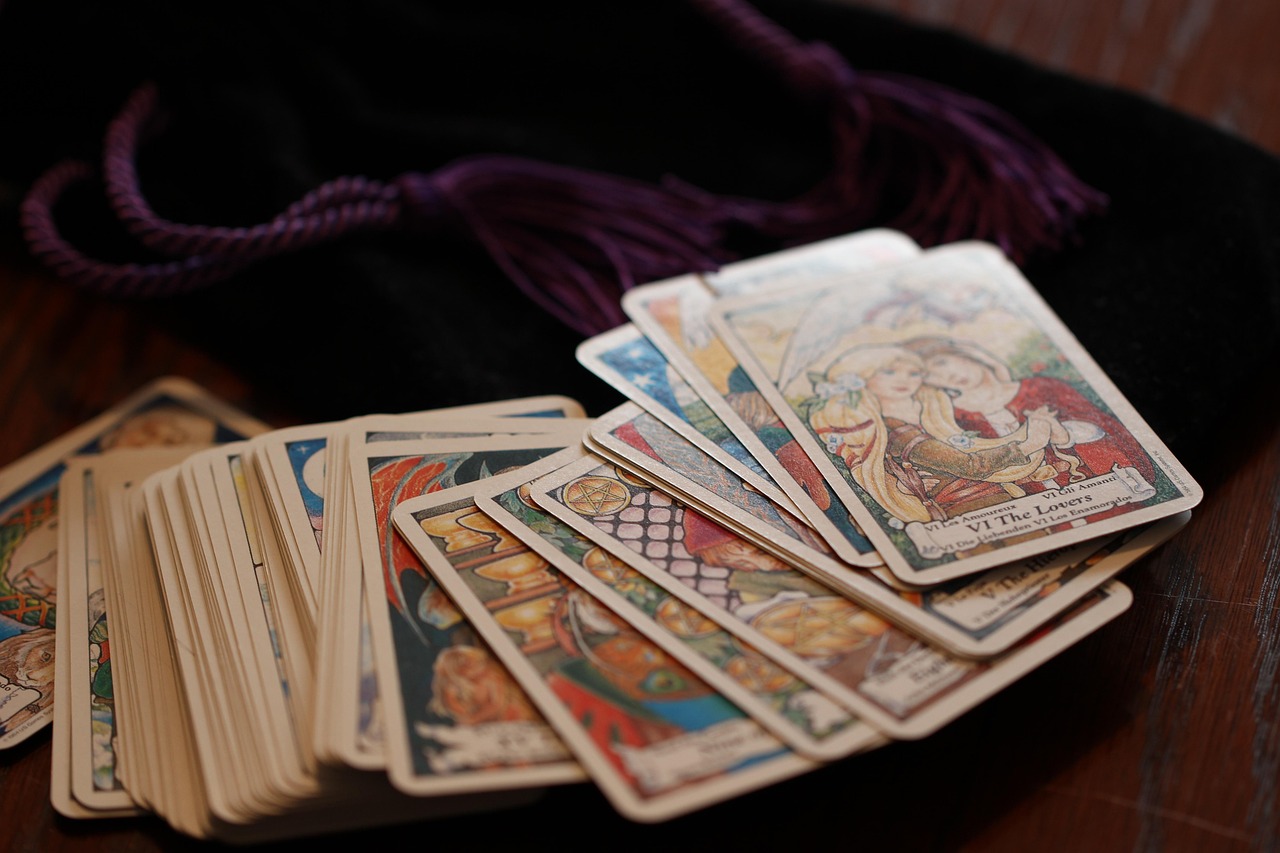
Tarot cards have been used for centuries as a tool for divination, self-reflection, and guidance. Each deck consists of 78 cards, divided into the Major Arcana and Minor Arcana. The Major Arcana includes 22 cards that represent significant life themes and spiritual lessons. The Minor Arcana consists of 56 cards that delve into everyday experiences and situations.
Many beginners feel overwhelmed by the sheer number of cards and their meanings. However, learning Tarot can be a rewarding experience that enhances your intuition and self-awareness. Start by choosing a deck that resonates with you. There are many styles available, from traditional designs to more modern interpretations. Your connection to the imagery will enhance your readings and make the process more enjoyable.
The Importance of Intuition
One of the key components of successful Tarot readings is intuition. While each card has its established meanings, how you interpret them can vary based on your feelings and circumstances during a reading. Trusting your gut feelings can lead to deeper insights.
As you practice, pay attention to the thoughts and emotions that arise when you draw specific cards. Take note of any symbols or images that stand out to you. This personal connection can provide clarity and guidance beyond traditional meanings.
Creating Your Sacred Space
Your environment plays a crucial role in your readings. Create a dedicated space where you feel calm and focused. This could be a small corner of a room or even a portable setup that you can take with you. Consider incorporating items that inspire you, such as candles, crystals, or meaningful photographs.
When you sit down for a reading, take a moment to clear your mind. You might want to light a candle or burn incense to set the mood. A clear, tranquil space allows for better concentration and connection with your cards.
Keeping a Tarot Journal
A Tarot journal is an invaluable tool for beginners. By writing down your readings, insights, and feelings, you can track your progress over time. This practice helps reinforce your learning and allows you to notice patterns in your readings.
In your journal, include the following:
- Date of the reading
- The question or focus of the reading
- The cards drawn and their positions
- Your interpretations and insights
- Any significant thoughts or feelings during the reading
Learning Card Meanings
As a beginner, it’s helpful to study the meanings of each card systematically. Many resources are available, including books, online courses, and apps. Consider starting with one suit at a time before moving on to the Major Arcana. This approach allows you to build foundational knowledge without feeling overwhelmed.
You might also find it beneficial to use flashcards for memorization. On one side, write the card name; on the other side, jot down keywords or phrases associated with its meaning. Regularly reviewing these flashcards can reinforce your understanding.
Practicing with Different Spreads
Tarot spreads refer to the layout of cards during a reading. Different spreads serve various purposes, from simple one-card pulls to more complex layouts like the Celtic Cross. Experimenting with different spreads will help you find what works best for you.
Here are a few common spreads suitable for beginners:
- One-Card Spread: A quick daily insight.
- Three-Card Spread: Represents past, present, and future.
- Celtic Cross Spread: Offers a comprehensive view of a situation.
Each spread provides a unique perspective on your questions or situations. As you gain confidence, try creating your own spreads tailored to specific inquiries.
Connecting with Other Tarot Enthusiasts
Joining a community of fellow Tarot enthusiasts can enhance your learning experience. Look for local groups or online forums where you can share insights, ask questions, and exchange readings. Engaging with others can broaden your understanding of Tarot interpretations and practices.
Consider participating in workshops or webinars to learn from experienced readers. These opportunities often provide valuable tips and techniques that can deepen your practice.
Developing Your Reading Routine
Establishing a regular Tarot reading routine can significantly improve your skills and deepen your understanding. Consistency is key when it comes to developing intuition and familiarity with the cards. Here are some tips for creating an effective reading routine:
Daily Pulls
One of the simplest ways to incorporate Tarot into your daily life is by pulling one card each morning. This practice allows you to set intentions for your day and gain insight into the challenges or opportunities you may face.
When doing a daily pull, consider the following:
- Set a Time: Choose a specific time each day to pull your card, such as in the morning with your coffee.
- Reflect: Take a moment to meditate on the card’s meaning and how it relates to your life.
- Journal: Write down your thoughts about the card and any insights that arise throughout the day.
Weekly Themes
Another effective practice is to focus on a weekly theme. Select three cards at the beginning of the week and use them to guide your reflections and activities for the next seven days. Each card can represent different aspects such as personal growth, relationships, or career.
This approach helps you to:
- Identify Patterns: Notice how the themes manifest throughout the week.
- Stay Engaged: Keeps you involved with your Tarot practice without feeling overwhelmed.
- Encourage Reflection: Prompts deeper thinking about various areas of your life.
Interpreting Reversed Cards
Many Tarot readers choose to include reversed cards in their readings. A reversed card can offer additional insights or highlight challenges associated with the card’s upright meaning. Understanding how to interpret these cards can enhance your readings.
Here are some common interpretations for reversed cards:
- Blockages: A reversed card may indicate obstacles or issues that need addressing.
- Opposite Meaning: Sometimes, the reversed meaning is the opposite of the upright interpretation.
- Internal Struggles: It may also reflect internal conflicts or challenges rather than external events.
When you encounter a reversed card, take a moment to reflect on its significance in relation to your question. Consider how it might change the message delivered by the upright position.
Using Tarot for Self-Reflection
Tarot can be an excellent tool for self-reflection and personal growth. Incorporating self-reflective practices into your readings can provide clarity and encourage deeper understanding of yourself. Here are some methods to consider:
Guided Questions
Dive deeper into your readings by asking guided questions before you draw cards. These questions should be open-ended, prompting exploration of your thoughts and feelings. Some examples include:
- What do I need to focus on today?
- What emotions are influencing my decisions?
- How can I improve my relationships with others?
Intuitive Writing
After drawing your cards, spend some time writing down your impressions and feelings about each card. Allow your intuition to guide you in this process. Writing without judgment can help uncover insights that may not be immediately apparent.
This practice encourages you to explore your thoughts freely, leading to a greater understanding of your inner self and motivations.
Respecting the Cards
Caring for your Tarot deck is essential for maintaining its energy and integrity. Many readers believe that a well-kept deck enhances intuition and connection during readings. Here are some tips for treating your cards with respect:
- Store Properly: Keep your deck in a protective pouch or box when not in use.
- Avoid Exposure: Protect your cards from direct sunlight or moisture, which can cause damage over time.
- Cleansing Rituals: Regularly cleanse your deck by using methods such as smoke from sage or incense, or simply placing them under moonlight.
Treating your Tarot deck with care not only preserves its physical form but also honors the practice itself.
Exploring Tarot Resources
The world of Tarot is vast, offering numerous resources to enhance your learning journey. From books and online courses to apps and podcasts, there’s something for everyone looking to dive deeper into Tarot. Here are some recommended resources:
- Books: Consider classics like “The Ultimate Guide to Tarot Card Meanings” by Liz Dean or “Tarot for Your Self” by Mary K. Greer.
- Online Courses: Platforms like Udemy or The Tarot School offer structured courses for learners at all levels.
- Apps: Explore Tarot apps that provide card meanings, daily draws, and journaling features for on-the-go learning.
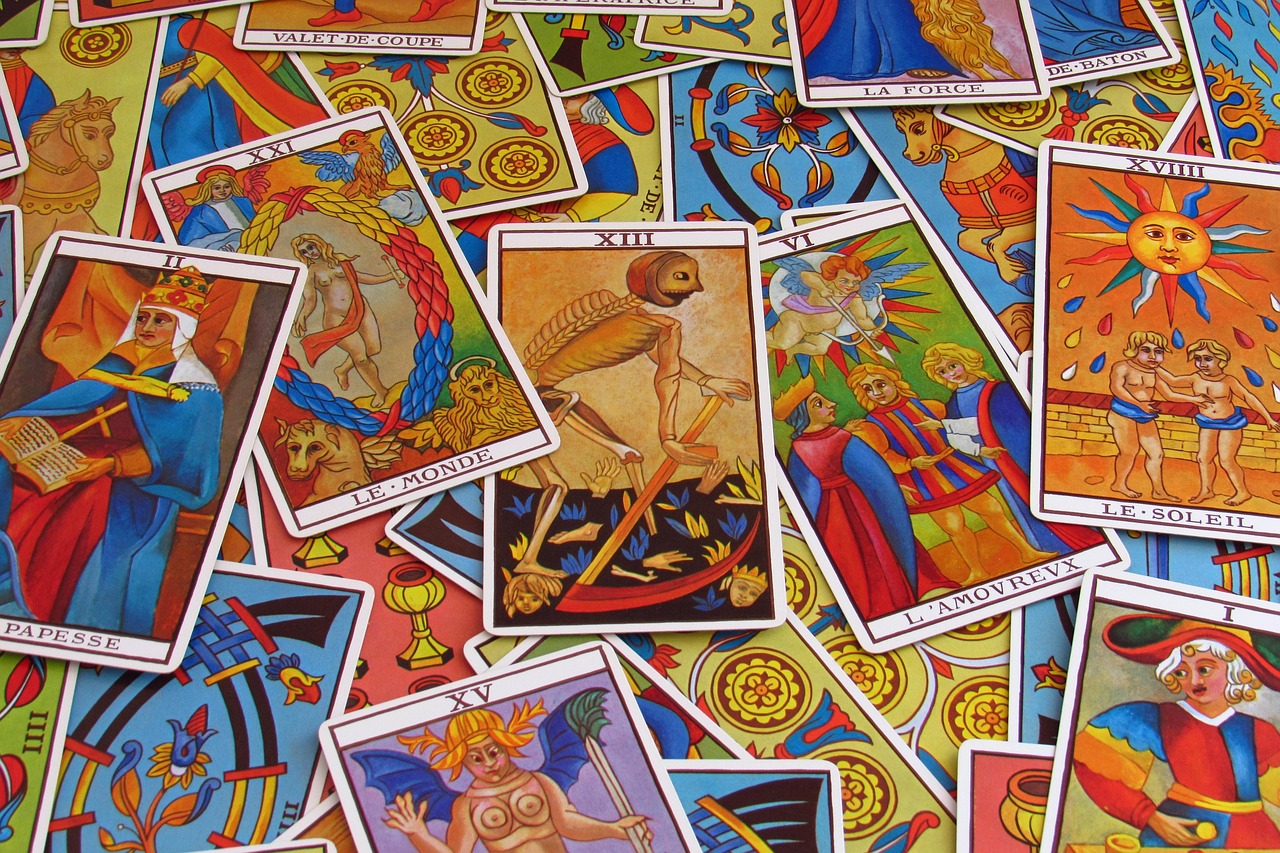
Utilizing these resources can enrich your understanding and provide fresh perspectives on your readings.
Understanding Tarot Card Symbols
Tarot cards are rich in symbolism, and understanding these symbols can enhance your readings significantly. Each card contains various images, colors, and motifs that convey deeper meanings beyond the written interpretations. Familiarizing yourself with these symbols can help you unlock new insights during your readings.
Common Symbols in Tarot
Here are some frequently encountered symbols in Tarot and their general meanings:
- Cups: Often represent emotions, relationships, and connections.
- Swords: Typically signify thoughts, challenges, and conflicts.
- Wands: Usually symbolize creativity, action, and inspiration.
- Coins (or Pentacles): Often relate to material aspects, finances, and work.
In addition to the suits, many cards feature specific symbols that can provide further context. For example:
- The Sun: Represents positivity, success, and vitality.
- The Moon: Symbolizes intuition, dreams, and the subconscious.
- Death: While often misunderstood, it signifies transformation and new beginnings rather than literal death.
Color Significance
The colors in Tarot cards also play a crucial role in the overall message. Each color conveys specific emotions and themes. Here are some common interpretations:
- Red: Passion, action, and energy.
- Blue: Calmness, introspection, and communication.
- Green: Growth, healing, and abundance.
- Yellow: Clarity, optimism, and intellect.
Paying attention to these colors can add another layer of meaning to your readings. Consider how they relate to your question or situation when interpreting the cards.
Ethics in Tarot Reading
As
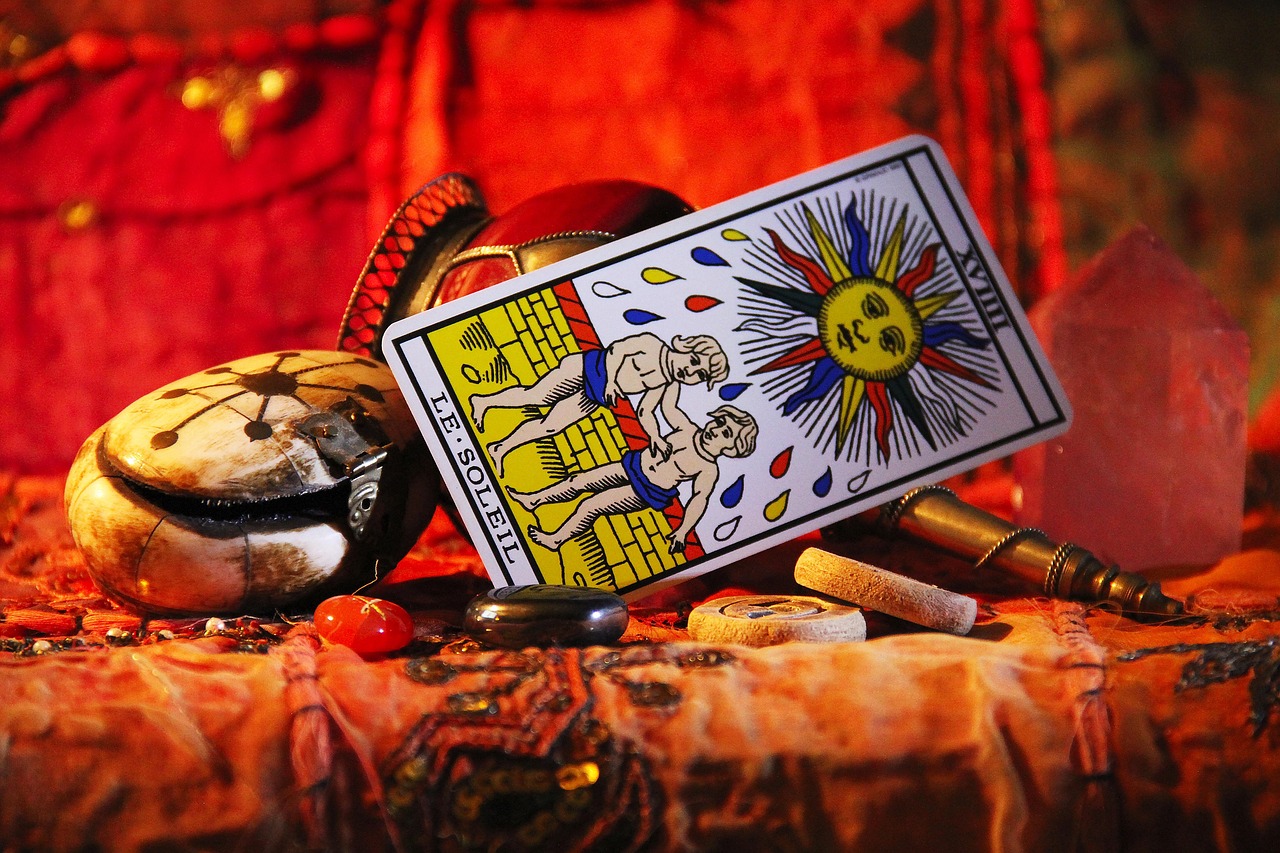
you begin your journey with Tarot, it’s essential to understand the ethical considerations associated with reading for yourself and others. A responsible reader respects the sensitivity of the information being shared and ensures that their readings provide support rather than fear or confusion.
Guidelines for Ethical Readings
Here are some vital points to consider when conducting Tarot readings:
- Consent: Always obtain consent before reading for someone else. Respect their boundaries and preferences regarding the type of questions they want to explore.
- Confidentiality: Keep the details of any readings private. Trust is crucial in building a rapport with those you read for.
- Avoid Predicting Outcomes: Focus on guidance rather than specific predictions. Empower others to make their own choices instead of relying solely on the cards.
Combining Tarot with Other Practices
Many readers find that combining Tarot with other practices can enhance their experience. Here are a few methods that complement Tarot readings:
Meditation
Meditation can help clear your mind before a reading and connect you more deeply with your intuition. Consider meditating on a specific question or card before drawing your spread. This practice can create a sense of calm and clarity.
Astrology
Astrology can provide additional insights when combined with Tarot. Understanding your astrological sign or the current astrological transits can inform your readings. For example, you might draw cards that resonate with the energies of your zodiac sign or reflect the themes associated with certain astrological events.
Crystals
Many Tarot readers use crystals to enhance their readings. Certain crystals are believed to amplify intuition and energy. Some popular choices include:
- <strong Amethyst: Known for its calming properties and spiritual connection.
- Citrine: Often associated with abundance and positivity.
- Clear Quartz: Believed to amplify energy and clarity in readings.
You can hold a crystal while reading or place it near your cards to enhance their energies.
Building Confidence as a Reader
As with any skill, practicing Tarot will help build your confidence over time. Here are some strategies to help you feel more assured in your reading abilities:
- Practice Regularly: The more you read, the more comfortable you will become. Make it a habit to read for yourself or friends regularly.
- Reflect on Readings: After each reading, take time to reflect on what resonated and what didn’t. This will help you refine your interpretation skills.
- Acknowledge Progress: Celebrate your growth as a reader. Recognize how far you’ve come since you started your journey.
Building confidence takes time, but with regular practice and reflection, you will find yourself becoming more adept at interpreting the cards and trusting your intuition. Embrace the learning process and enjoy the journey ahead!
Exploring Different Tarot Decks
As you become more comfortable with Tarot, you may want to explore different decks. Each Tarot deck comes with its unique artwork, symbolism, and energy. Finding a deck that resonates with you can enhance your reading experience and deepen your connection to the cards.
Types of Tarot Decks
Generally, there are two main types of Tarot decks:
- Traditional Decks: These decks follow established imagery and symbolism, such as the Rider-Waite-Smith deck. They are excellent for beginners due to their widely accepted meanings and interpretations.
- Alternative Decks: These decks often feature unique themes or artistic styles. Examples include the Wild Unknown Tarot or the Shadowscapes Tarot. They may offer fresh perspectives and can be useful as you develop your personal style.
When selecting a new deck, consider the following tips:
- Art Style: Choose a deck with artwork that speaks to you personally. You are more likely to engage with the cards if you find them visually appealing.
- Understanding of Symbols: Ensure that the symbolism aligns with your learning goals. Some decks offer different interpretations of traditional symbols.
- Community Feedback: Look for reviews or recommendations from other readers to gauge how the deck performs in real readings.
Experimenting with Different Reading Styles
As you progress in your Tarot journey, consider experimenting with various reading styles. Each reader has a unique approach, and you may find that certain styles resonate more with you than others. Here are some popular reading styles to explore:
Intuitive Reading
This style relies heavily on your intuition and personal connection to the cards. You may focus more on your feelings and insights rather than strictly adhering to traditional meanings. Intuitive reading encourages spontaneity and creativity in your interpretations.
Psychological Reading
This approach views the Tarot as a tool for self-exploration and psychological insight. It emphasizes understanding the inner workings of the mind, emotions, and behavior patterns. This style can provide valuable guidance for personal growth and healing.
Predictive Reading
Some readers use Tarot to predict future events or trends based on current circumstances. While this style can be engaging, it’s important to remember that the future is not set in stone. Use this reading style as a guide rather than an absolute forecast.
The Role of Intuition in Tarot
Your intu
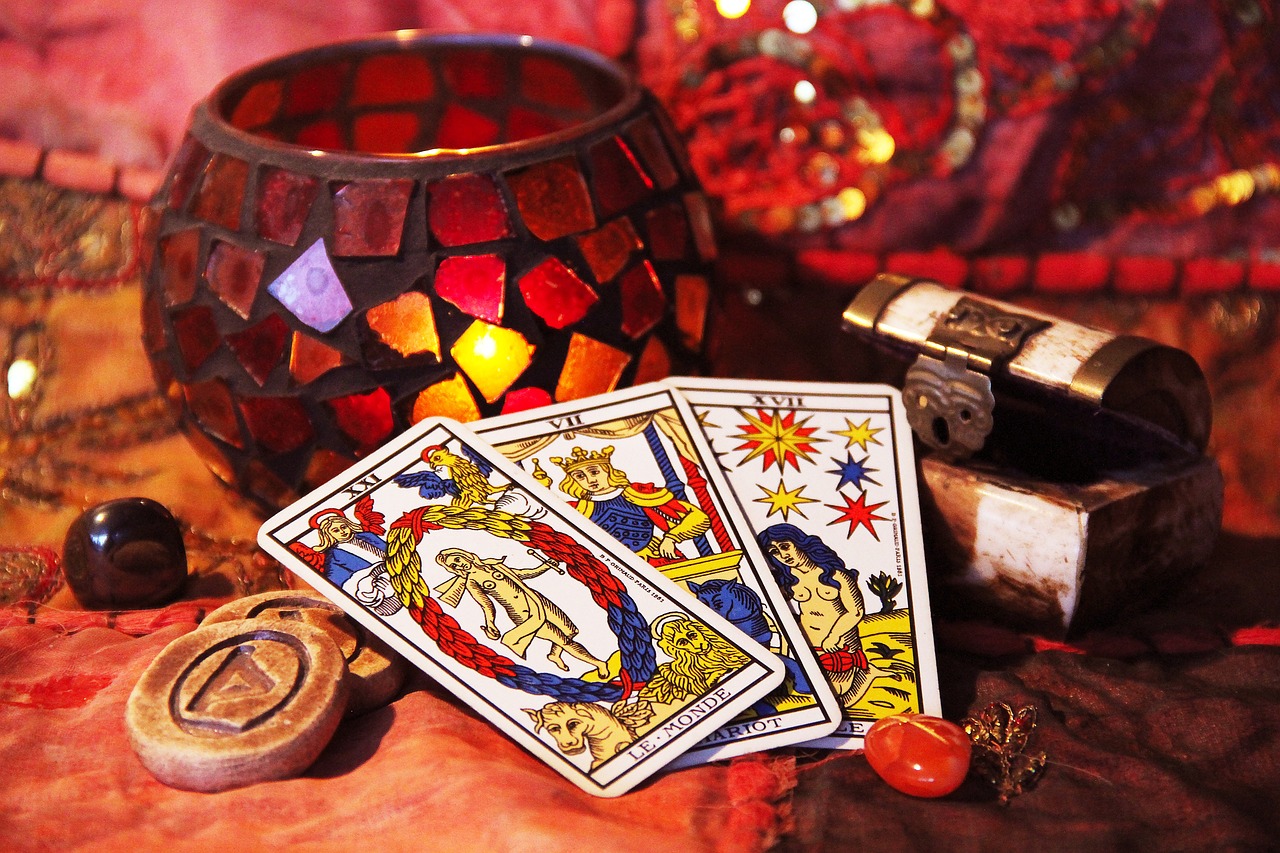
ition is your most powerful tool when reading Tarot cards. As you practice more, you will learn to trust your gut feelings and insights. Here are some ways to strengthen your intuition:
- Meditation: Regular meditation can help clear your mind and strengthen your intuitive abilities.
- Mindfulness: Stay present during your readings. Being fully engaged helps you tune into the messages of the cards more effectively.
- Journaling: Track your intuitive feelings during readings in your Tarot journal. Over time, you will develop a clearer understanding of how your intuition communicates with you.
Final Thoughts
Embarking on a Tarot journey can be both enriching and transformative. As you explore this ancient system of divination, remember that patience and practice are vital components of your growth as a reader. Each card offers a wealth of wisdom, waiting for you to uncover its meaning through your unique perspective.
Embrace the process of learning, trusting your intuition, and connecting with the cards. Whether you read for yourself or others, always approach the practice with respect and an open heart. Tarot is not just about predicting the future; it is also a powerful tool for self-discovery and reflection.
Remember to utilize all available resources, connect with fellow enthusiasts, and experiment with different techniques and decks. By doing so, you will cultivate a deeper understanding of Tarot and its potential to guide you through life’s many challenges and opportunities.
Your journey into the world of Tarot is just beginning. Enjoy every moment as you grow in confidence, skill, and intuition. Happy reading!
